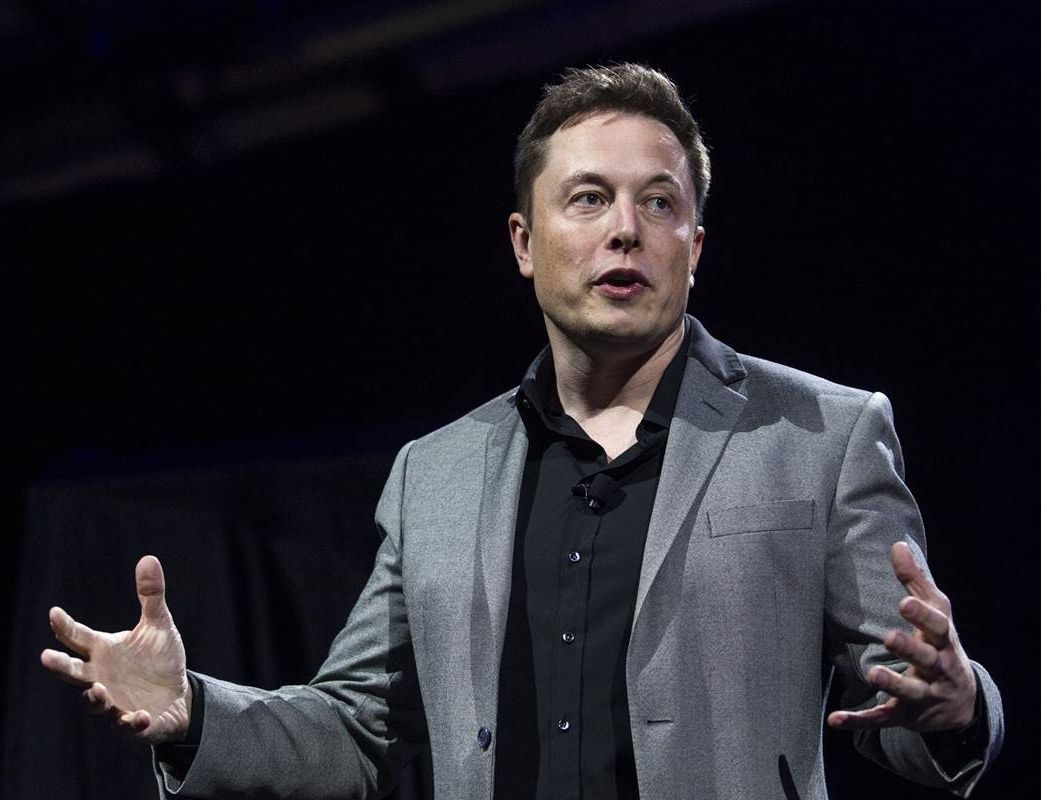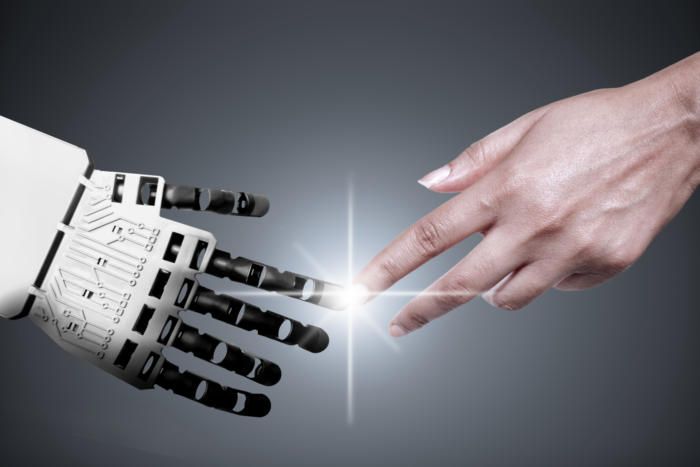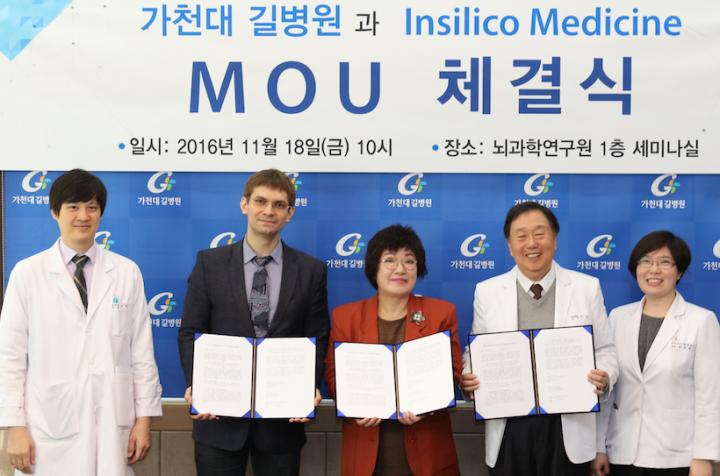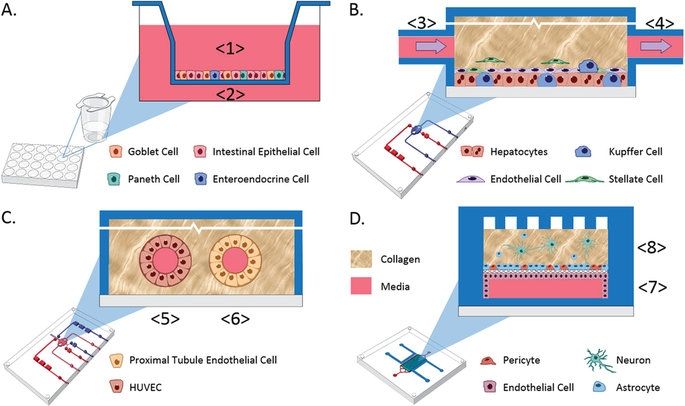Archive for the ‘life extension’ category: Page 570
Feb 14, 2017
Elon Musk sees critical role for cyborgs
Posted by Karen Hurst in categories: biotech/medical, cyborgs, economics, Elon Musk, government, internet, life extension, quantum physics, robotics/AI, security
Wish he & a couple of others would join this ranks that others are on which makes way more sense plus benefits the masses tremendously. Musk needs to join others in their work to enhance humans via Quantum Biosystems as this work is already showing signs of success across multiple areas such as anti-aging, disease elimination, intelligence & communications, security, reduction in costs of healthcare & social programs, advancements in new creative innovations in technology & medicine, new industry new growth/ economic expansion, elimination of starvation, etc.
How can humans stay relevant in an age of artificial intelligence? Elon Musk thinks cyborgs are the answer.
The Tesla and SpaceX CEO discussed the need for a “merger of biological intelligence and digital intelligence” during a talk on Monday at the World Government Summit in Dubai, CNBC reported.
Continue reading “Elon Musk sees critical role for cyborgs” »
Feb 14, 2017
DARPA: We’re on cusp of merging human and machine
Posted by Karen Hurst in categories: biotech/medical, cyborgs, information science, life extension, quantum physics, robotics/AI, security, wearables
This article does try to highlight what and where we are going with the merge of bio and technology. However, what has been shown to date is all very invasive as Quantum Biology has remained a gap in this development work until recently. Thanks to DARPA and others in the private sector who are working on technologies that leverages Quantum Biology principles to develop new integrated Biosystem technologies; we will see amazing work in cell circuitry and connectivity in areas of bio-security, BMI, prosthetics, immunology, anti-disease, reverse aging, etc.
These might sound like outlandish predictions, but DARPA’s Sanchez said it’s not as crazy as it might have sounded several years ago.
“Advancement of A.I. is making machines more powerful in the way they can understand everything from scientific papers to interpreting them and helping us solve big problems,” said Sanchez. “Another aspect to consider is our society [is] embracing things like wearables that… allow algorithms to analyze our physiology. Great examples of that are being able to monitor your sleep patterns and provide feedback on if you should change the time you go to bed or wake up in the morning.”
Continue reading “DARPA: We’re on cusp of merging human and machine” »
Feb 14, 2017
Again on ageing as a disease: A rectification
Posted by Nicola Bagalà in categories: biotech/medical, life extension
Ageing as a disease, take 2: Things I got wrong.
My previous post was somewhat confusing even to myself. To be completely frank, I think it was a little bit of a fuck-up. Several people have commented about it, for example on Reddit or Facebook, pointing out among the rest that whether or not ageing is a disease isn’t just semantics and it isn’t pointless. (To the people commenting on Facebook, I’d like to say that I’m sorry I didn’t reply to your comments, but for some reason I was stuck as ‘Rejuvenaction’ on those posts, and Pages don’t seem to be allowed to comment on group posts. I tried to switch to my personal account to no avail. I figured out a workaround, but at this point it’s a bit too late.)
What I meant to say is that arguing whether or not ageing is a medical condition is far less important than treating its root causes, and as long as we focused on this task, we could postpone the debate to a later time. The finer points of establishing if ageing fits the definition of ‘disease’ to the letter would waste precious time we could spend saving lives instead; we should definitely not wait until the issue has been settled before we start developing rejuvenation biotechnologies. (And we are not waiting at all, luckily.) However, classifying ageing as a disease is very important and not at all pointless, as Reason of FA! explained in this post. In a nutshell, if the ageing processes that lead to age-related diseases were considered pathological, research on how to interfere with them would likely receive more funding, and drugs that target ageing itself could be approved by the FDA.
Feb 13, 2017
4 Main Economic Implications Of An Aging Population, And How Life Extension Technologies Could Solve Them
Posted by Steve Hill in categories: biotech/medical, economics, life extension
The effects of a rapidly aging population have a number of serious economic and social implications.
What a rapidly aging populaton means to the economy and the workforce and why biotechnology is the answer.
#aging #economy
Feb 10, 2017
Health before semantics
Posted by Nicola Bagalà in categories: biotech/medical, life extension
Let’s debate whether ageing is a disease *after* the diseases of old age are eliminated, shall we?
Whether or not ageing ought to be considered a disease is still matter of controversy, both among experts and laypeople. Particularly, the latter tend to turn up their noses at the thought of ageing being pathological and not ‘normal’, especially if they’re outside the life-extension/rejuvenation community. Clearly, they ignore the fact that ‘normal’ and ‘pathological’ aren’t mutually exclusive at all. It’s perfectly normal to suffer from hear loss in old age; notwithstanding, it is out of the question that hear loss is a pathology and we have developed several ways to make up for it. It presently can’t be cured, because like all age-related diseases, it can only get worse as long as the age-related damage that causes it keeps accumulating.
In my humble opinion of quasi-layperson (I’m nowhere near being an expert, but I do think I know about ageing more than your average Joe), whether or not ageing is a disease is merely a matter of semantics, depending largely on what we want to label as ‘ageing’—not to mention how we define ‘disease’.
If we say that ‘ageing’ is the set of age-related pathologies that affect a given person, then ageing isn’t a disease any more than a box of crayons is itself a crayon. Nonetheless, if you have a box of crayons then you have a bunch of crayons; if you have ageing as we defined it, then you have a bunch of diseases, and the grand total of your ailments doesn’t change whether you consider ageing as a disease as well or not. Quite frankly, I’d pick the box of crayons over ageing any time.
Feb 10, 2017
Leading US and Korean researchers to apply artificial intelligence to aging research
Posted by Montie Adkins in categories: biotech/medical, life extension, robotics/AI
Summary:
- Many recent advances in artificial intelligence and aging biomarkers that transpired since 2013 are converging
- Gachon University and Gil Medical Center are at the forefront of aging research in Korea
- Aging research is gaining credibility in the pharmaceutical industry and healthcare in general
- Insilico Medicine and Gachon University and Gil Medical Center have partnered to collaboratively develop biomarkers and interventions
Friday, 3rd of February, 2017, Baltimore, MD — Insilico Medicine today announced that it signed a Memorandum of Understanding (MOU) and started the first collaborative research project with one of the largest research and medical networks, Gachon University and Gil Medical Center. The intent of the long-term collaboration is to develop artificially intelligent multimodal biomarkers of aging and health status as well as interventions intended to slow down or even reverse the processes leading to the age-related loss of function.
Feb 9, 2017
Brain to Brain Connectivity During Distal Psycho-informational Influence Sessions, Between Spatially and Sensory Isolated Subjects
Posted by Karen Hurst in categories: business, life extension, neuroscience, quantum physics
Sharing more research conducted on Quantum Bio’s Brain to Brain communications. For all my hardware/ device friends exploring their own futures in a QC world. This was resurfaced in Jan 2017; the report itself is still relevant. Quantum Bio truly will change our device markets, IoT, and medicine/ healthcare drastically. This will be where we truly see tech and bio as one.
Want to see real convergence of tech and bio meaning no more need for smart devices, improved immunology in humans to counteract proactively disease and illness, accelerate heal times from injuries, reverse aging, etc. then you need to definitely engage Quantum bio in your work and discoveries as many have seen its potential and making changes leveraging this technology.
What you do on the Internet is nobody’s business but yours. At ProxySite.com, we stand between your web use and anyone who tries to sneak a peek at it. Instead of connecting directly to a website, let us connect to the website and send it back to you, and no one will know where you’ve been. Big Brother (or other, less ominous snoops) won’t be able to look over your shoulder and spy on you to see what you’re reading, watching or saying.
Feb 9, 2017
600 Miles in a Coffin-Shaped Bus, Campaigning Against Death Itself
Posted by Zoltan Istvan in categories: geopolitics, life extension, transhumanism
I’m excited and honored to share a new feature article about #transhumanism, the Immortality Bus, and my life extension work in The New York Times Magazine, which will also be in print around the world in Sunday’s edition. This 5000-word article captures many angles and is a strong testament to the growing importance of the transhumanist movement:
Zoltan Istvan ran for president with a modest goal in mind: human immortality.
Feb 8, 2017
Intestine, Liver, Kidney Proximal Tubule, Blood-Brain Barrier and Skeletal Muscle
Posted by Karen Hurst in categories: bioengineering, biotech/medical, life extension, neuroscience, quantum physics
This is definitely a share that is interesting to many studying synthetic organs and their acceptance into the human body as well as the work occurring on Quantum biology as well.
The goal of in vitro and in vivo toxicity testing is to identify compounds that would predict adverse reactions in humans. Olson et al. found that only 70% of human toxicity was predicted from animal testing. Currently we rely on traditional toxicity testing in animals, a 1930’s methodology that is now challenged due to questionable relevance to human risk, high cost, ethical concerns, and throughput that is too limited for the nearly 80,000 industrial chemicals not yet tested for safety. Additionally, testing usually extrapolates acute, high dose animal results to chronic, low dose human exposures, thereby risking rejection or limiting the use of drugs, industrial chemicals or consumer products. Moreover, the ability of lab animal target organ toxicity to predict dose-limiting toxicity in the corresponding human organ varies widely, from a low of 30% for human cutaneous toxicity, to 50–60% for human hepatotoxicity, to a high of 90% for hematological drug toxicity. Animal drug efficacy models are also notoriously discordant. In an analysis of six drugs to treat head injury, hemorrhage, acute ischemic stroke, neonatal respiratory distress syndrome, and osteoporosis, it was found that efficacy was similar in animals and humans for three drugs but was dissimilar for another three. In oncology drug development, animal models often over-predict anti-tumor efficacy in humans3,4. Examples such as these highlight the need to continue research into methods that reduce the dependence on laboratory animals for toxicity testing of environmental chemicals, determine efficacy and toxicity in drug development, serve as a mimic of human diseases, and provide patient-specific guidance in the emerging field of precision medicine.
Recent advances in bioengineered materials, microfluidic technology, and the availability of human primary, immortalized, and induced pluripotent stem cell (iPSC)-derived cells are enabling development of human microphysiological systems (MPS), sometimes called “organs-on-a-chip” or “human-on-a-chip,” that use multiple organ-specific human cells to recapitulate many functional and structural properties of a human organ. It is now generally accepted and supported by data that cellular responses to drugs in most human organs are more accurately approximated in 3D cell cultures than in traditional static 2D cell cultures5,6. Microfluidic perfusion further improves model performance by providing a flow of nutrients and oxygen and the removal of waste products from the cell cultures. Physiologically relevant flow increases oxygen consumption, Krebs cycle activity and secretion of synthesized proteins, and decreases expression of the hypoxia HIF1 gene. Flow also improves the absorption and metabolism of compounds like benzo[a]pyrene6,8,9. The large number of recent publications reviewing organ MPS models indicates a high degree of interest by industrial and academic researchers, granting agencies and other stakeholders10,11,12,13. In addition to the stand-alone MPS, investigators are linking MPS to study organ-organ functional interactions, efficacy, PK and toxicology14,15,16,17,18.














